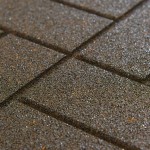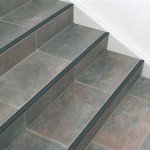When it comes to protecting your home against water damage, tile is often seen as an ideal solution. But how waterproof is it really? Are there any steps that must be taken to ensure that your tile flooring is waterproof?
The truth is that most tiles are partially waterproof. This means that they can resist water to a certain extent, but they are still susceptible to water damage if not properly sealed or treated. Ceramic and porcelain tiles are both slightly porous, meaning that they are not naturally waterproof. In order to protect the tile from water damage, the surface must be sealed with a waterproofing material.
The good news is that there are many waterproof sealers available on the market. These sealers are designed to provide a protective barrier between the tile and the water, preventing any water from seeping into the material and causing damage. When applying a sealer to your tiles, it is important to make sure that it is applied correctly and evenly. This will ensure that the sealer is effective and that your tile is properly waterproofed.
It is also important to note that not all tiles are the same. Some materials, such as natural stone, are naturally more resistant to water than others. If you are planning on installing natural stone tiles in a wet area, it is important to ensure that they are properly sealed. In addition, some tiles may require additional treatments, such as grouting or sealing, in order to maximize their water-resistance.
When it comes to protecting your home from water damage, tile is an excellent choice. However, it is important to remember that the tile needs to be properly sealed and treated in order to ensure that it is truly waterproof. By taking the necessary steps to ensure that your tiles are properly waterproofed, you can protect your home from water damage and enjoy a beautiful and lasting floor for years to come.










Related Posts








